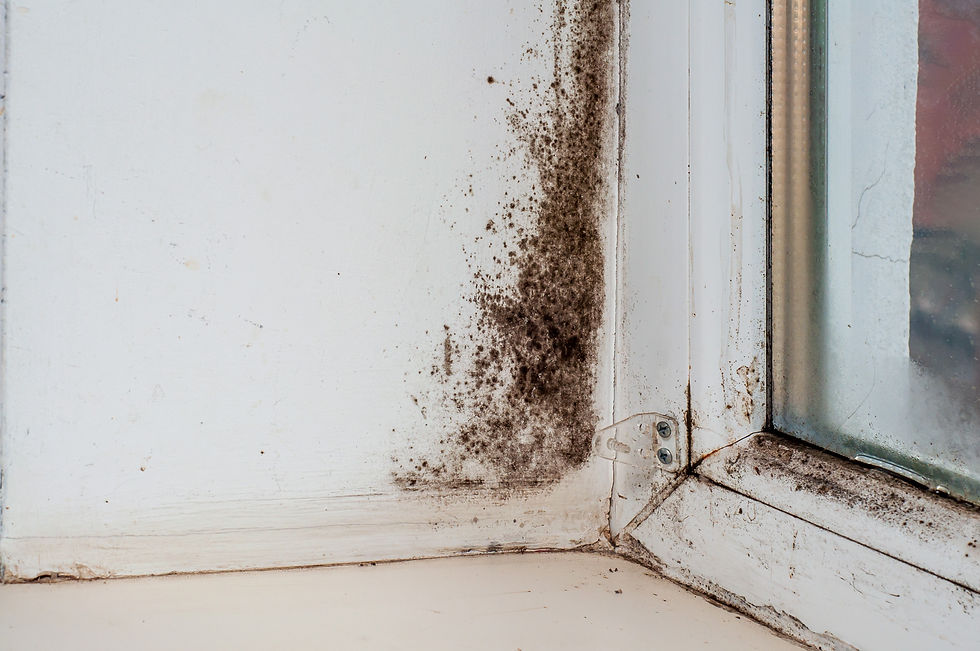Global Recycling Day
- Cleenol
- Mar 18, 2023
- 2 min read

Today March 18th is Global Recycling Day. Recycling has been a watch word for the environment for many years and it does indeed allow for all types of energy saving but alone, it does not offer the silver bullet for waste control. During any recycling process, resources are reused, energy is consumed, and a degree of pollution follows.
This is why the often-quoted 3R's of going green - Reduce, Reuse, Recycle – appear in this specific order. This is where pre cycling comes in, under the “Reduce” phase.
Precycling is about reducing waste by avoiding items that will generate it, or selecting certain items that will generate less, or acquiring items that can be reused for something else but attention to precycling can also bring significant savings early on in a manufacturing process.
Manufacturing cleaning products requires the use of many resources, both renewable and non-renewable. The performance of a cleaning product has a direct correlation with the resources used: if a low performance cleaning product is used, more of it will be needed to deliver the same level of cleanliness as perhaps a more effective or more expensively formulated product will.
If a concentrated cleaning product is used, there will be a consequential reduction in environmental impact thanks to there being less plastic and less energy needed during its production, when compared to a traditional product. These are both examples of pre cycling. Pre-cycling is the process of reducing waste by attempting to avoid producing items which will generate waste. It is the concept of "using less" to "generate less''. Such an approach has a stronger positive environmental impact than recycling. Indeed, pre-cycling helps reduce the need for recycling; although recycling is a positive and necessary process, as we saw above, it still requires energy and resource consumption.
Developing formulations is not just about mixing ingredients that will provide a functional product, it is mainly about finding the way to generate the best synergistic action between ingredients. For example, the addition of some ingredients may lower the cleaning performance of the formulation. For example, selecting a specific anti bactericidal raw material that is also a surfactant allows the use of just one raw material instead of two.
Cleenol has for over 70 years developed effective formulations that require long development cycles and testing of hundreds of prototypes to ensure that we deliver the best cleaning solution at the least cost to the environment.
Cleenol has adapted the well documented engineering inspired Taguchi process for its cleaning products. With this approach, Cleenol has developed extremely effective cleaning formulations that use the lowest possible amount of active ingredient - reducing resource use.
This reduction in resource material usage is a highly effective way to reduce our environmental footprint and has been part of our DNA for decades. It forms an integral part of our vision for a cleaner, safer world.



